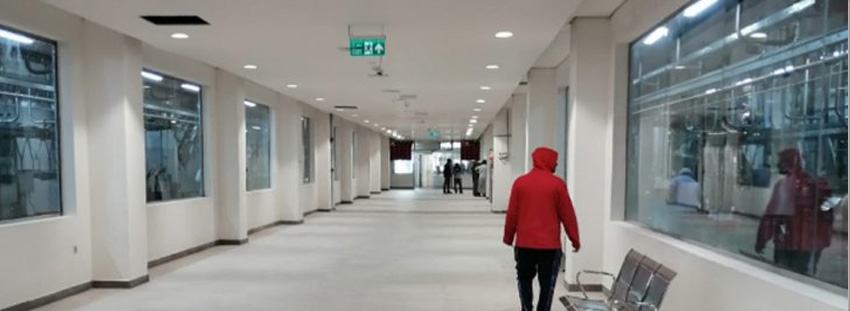Aswaq for food facilities management, a subsidiary of Hassad Food, yesterday opened Al Wakra Central Market (livestock central market), which also includes the main automated slaughterhouse.
Hassad funded the development of the new central markets including Al Wakra Central Market, in coordination with the Ministry of Municipality and Environment, and under the management of Aswaq, with the aim to achieve self-sufficiency and support the national product.
Al Wakra Central Market is built following the latest international systems, to serve the needs of all categories: producer, trader and consumer.
The market spans a land area of approximately 230,000 square meters and is located in the midpoint of central roads networks — 30 minutes from the heart of Doha and 10 minutes from the border of the central outlet for importing livestock and fodder (Hamad Port).
The market is divided into several sections to serve the livestock trade: barns, automated slaughterhouse, shops, hypermarkets, service shops and administrative offices.
The barns section, comprising more than 600 livestock barns, is divided between display and storage. All are shaded and in line with international specifications and sizes.
An agreement was signed between Hassad and Widam Food, to manage the new central automated slaughterhouse at Al Wakra Central Market, which spans on 14,000 square meters, with a production capacity that can reach up to 9,000 head/day for livestock using modern techniques to maintain product quality and the efficiency of the operation. One additional line is available for cows and camels.
All retail, wholesale and hypermarket sections are all air-conditioned. The market includes 102 shops to support the market’s main activity such as fodder, grain, veterinary and trips supplies. The market also includes fodder storage space spanning on over 5,200 square meters.
Additionally, the retails section includes 76 shops that sells vegetables and fruits, dried fruit, honey, and Dates as well as the traditional market.
Six service shops are allocated for cafeteria, supermarket and restaurants.


